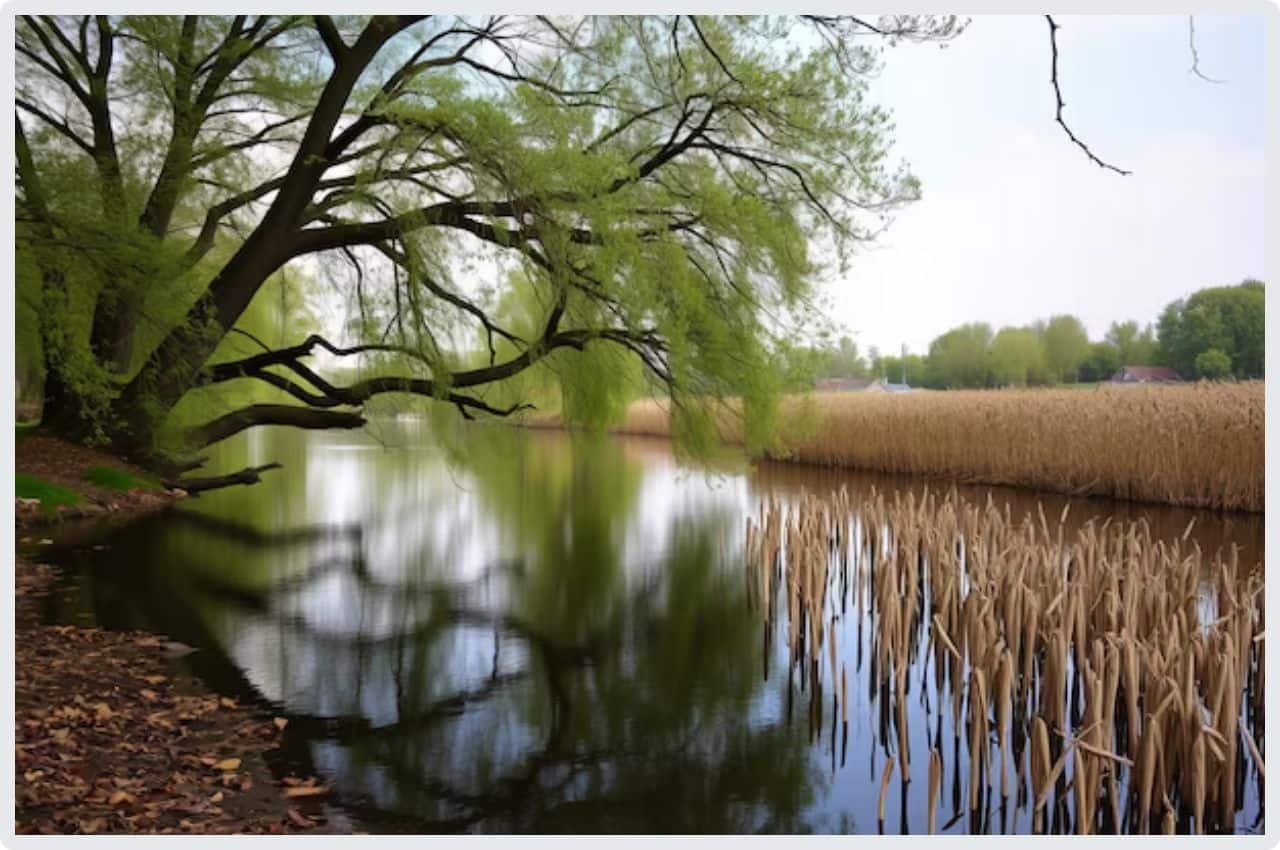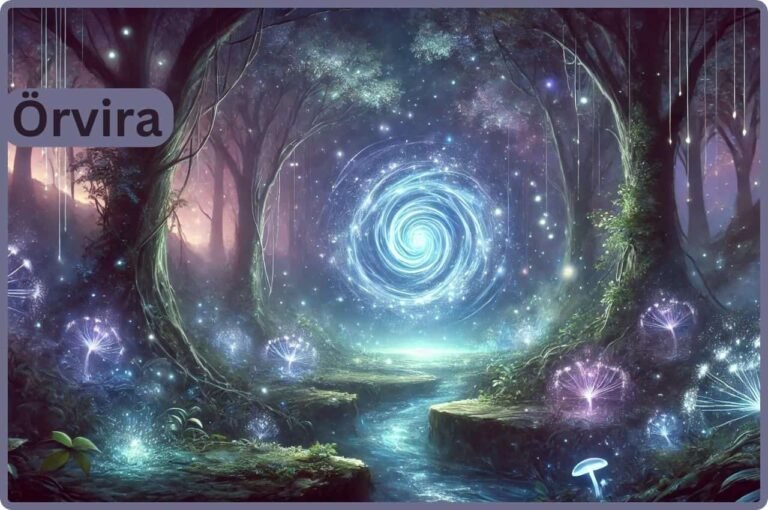The Harmony of Nature: Exploring the Shared Rhythms of Wetlands and Woodwinds
Introduction to the concept of harmony in nature
Nature is a symphony of interconnected elements, each playing its part in creating a harmonious world. Just as musicians blend their notes to create beautiful melodies, the natural environment thrives on balance and cooperation. Among these remarkable connections are wetlands and woodwinds—two realms that might seem distinct at first glance but share an intricate relationship.
Wetlands pulse with life, teeming with diverse flora and fauna, while woodwinds fill the air with enchanting sounds that resonate deeply within us. Delving into this harmony reveals their beauty and the profound lessons they offer about conservation and coexistence. Join me on this exploration as we uncover the shared rhythms of wetlands and woodwinds and discover how embracing their unity can lead to a richer understanding of our world.
Wetlands: The pulsing life force of nature
Wetlands are vibrant ecosystems teeming with life. They serve as crucial habitats for countless species, from frogs to migratory birds, and their rich biodiversity is remarkable.
These unique landscapes filter water, improving its quality as it flows into rivers and oceans. Their ability to store floodwaters acts like a sponge, reducing the risk of flooding downstream.
Plants such as cattails and reeds thrive in wetlands, creating lush greenery that supports various wildlife. These plants also help combat climate change by sequestering carbon.
The sounds of wetlands are just as captivating. Frogs croak, while birds call out at dawn’s first light. Every sound contributes to an intricate symphony that reflects the dynamic nature of these environments.
Wetlands embody energy and resilience, reminding us of nature’s interconnected web, in which every element is vital in sustaining life.
Woodwinds: The musical soul of nature
Woodwinds capture the essence of nature’s melody. They resonate with life, from the gentle rustle of leaves to the whispering winds through trees. Their sound is a delicate blend of breath and wood, producing soothing tones that mirror natural rhythms.
Each note played on a wooden flute or an oboe reflects the intricate patterns in forests and meadows. As birds serenade at dawn, woodwinds evoke peace and connection to our surroundings.
Musicians often draw inspiration from their environment. The improvisational spirit of jazz can resemble the spontaneity seen in wildlife movements. Nature becomes both a muse and a medium.
These instruments remind us that music is not merely entertainment; it’s a language deeply intertwined with our world. Each performance allows listeners to experience this vibrant dialogue between humanity and nature.
Similarities between wetlands and woodwinds
Wetlands and woodwinds share an enchanting synergy that captivates the senses. Their fluidity characterizes both, whether the water flows through marshes or the breath moves through musical instruments.
In wetlands, life thrives in diversity. Frogs croak, birds sing, and insects buzz. Similarly, woodwinds create rich harmonies from various sources—flutes chirp while clarinets offer deep melodies. Each sound contributes to a larger tapestry of expression.
The delicate balance found in both environments speaks volumes about resilience. Wetland ecosystems filter water and support wildlife; woodwind instruments unite communities through music and storytelling.
Both serve as reminders of interconnectedness. Just as wetlands sustain countless species, woodwinds evoke resonated emotions. These parallels highlight nature’s intricate design—blending rhythm with vitality creates a beautiful continuum that enriches our lives.
The importance of conservation and preservation of wetlands and woodwinds
Wetlands and woodwinds share a delicate balance that requires our attention. These ecosystems are essential for biodiversity, providing habitat to countless species. Yet, they face threats from urban development and climate change.
Preserving wetlands means safeguarding water quality and controlling floods. They act as nature’s sponges, absorbing excess water during storms. This capacity helps protect communities while offering refuge to wildlife.
On the other hand, Woodwinds rely heavily on forests that provide the material for instruments and spaces where sound can flourish. Deforestation endangers these natural acoustics and disrupts local flora and fauna.
By prioritizing conservation efforts for both realms, we enhance cultural expressions in music while ensuring ecological health. The connection between humans and nature becomes more apparent when we recognize our role as stewards of these vital resources.
How humans can learn from the harmony of wetlands and woodwinds?
Humans can draw valuable lessons from the harmony found in wetlands and woodwinds. Both ecosystems thrive on balance, where every element plays a vital role. Just as each note contributes to a melody, every species within wetlands supports the ecosystem’s health.
Listening closely to woodwind instruments reveals layers of sound that mirror nature’s complexity. Each breath produces music reminiscent of rustling reeds or flowing water. This connection fosters appreciation for diversity—an essential aspect of music and ecology.
Another lesson we can learn is to embrace collaboration. In wetlands, various organisms work together seamlessly, creating a resilient environment. Similarly, musicians blend their skills to develop enchanting harmonies.
By observing these natural rhythms, humans can cultivate empathy toward one another and our surroundings. Learning from this symbiotic relationship encourages us to nurture our musical souls and the fragile ecosystems that sustain life on Earth.
Conclusion: Embracing the interconnectedness of nature for a more harmonious world
The interconnectedness of our natural world offers profound lessons. Wetlands and woodwinds, though seemingly different, share an essence that speaks to the heartbeat of life itself. They remind us that everything in nature plays a role, creating a balance essential for survival.
Understanding this harmony can foster a more profound respect for both ecosystems. Protecting wetlands ensures the survival of countless species while preserving their song-like qualities and enhances our appreciation for music and art. Embracing these connections invites us to reflect on our place within nature’s symphony.
As stewards of the environment, we care for wetlands and woodwinds. We can advocate for conservation efforts or take time to listen—to appreciate how they subtly enrich our lives. In doing so, we cultivate an awareness that inspires action toward maintaining this delicate balance.
Nature thrives when we recognize its rhythms and respond with intention. By nurturing these sacred spaces and honoring their melodies, we support biodiversity and invite peace into our lives—creating a harmonious world where all beings coexist beautifully.






